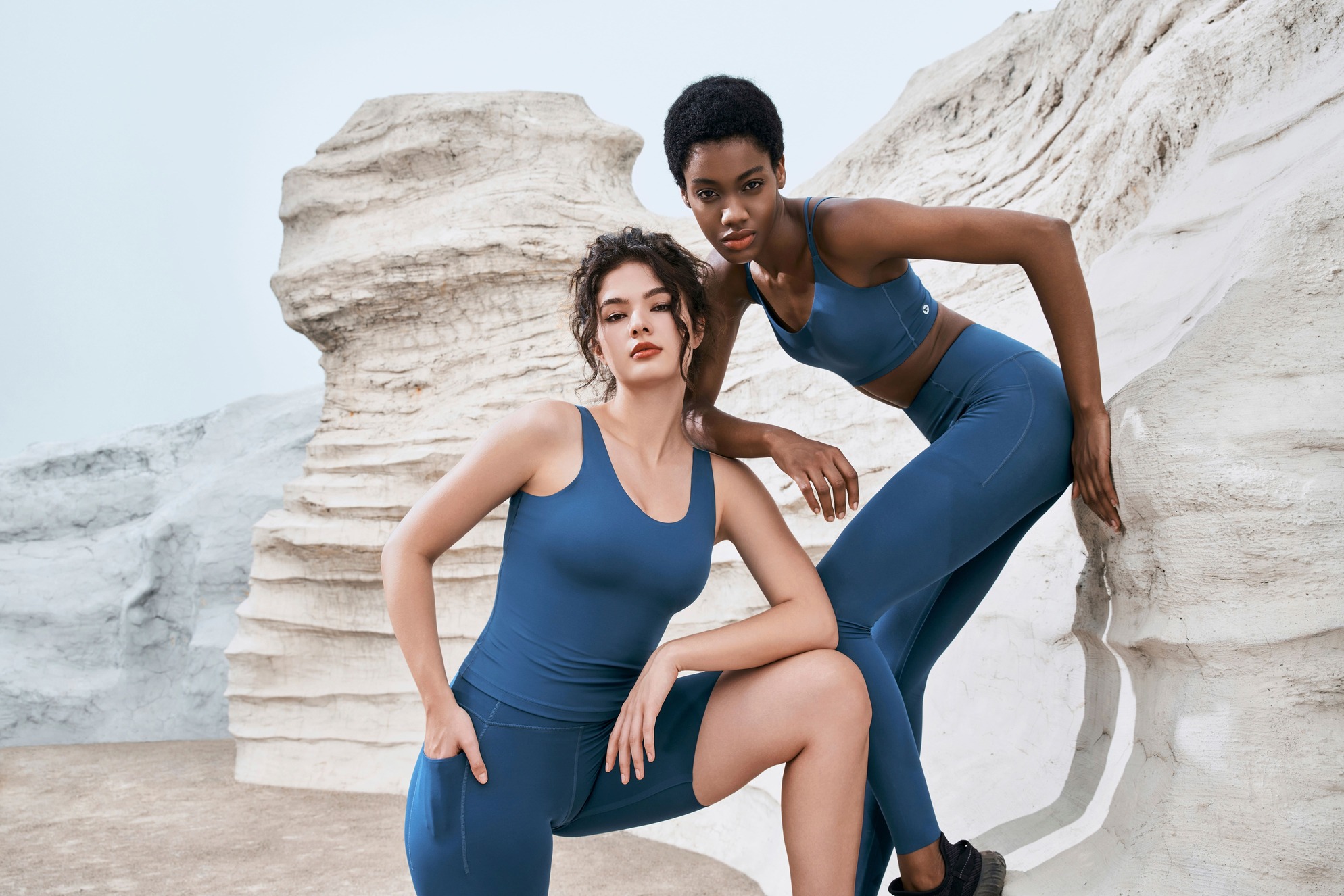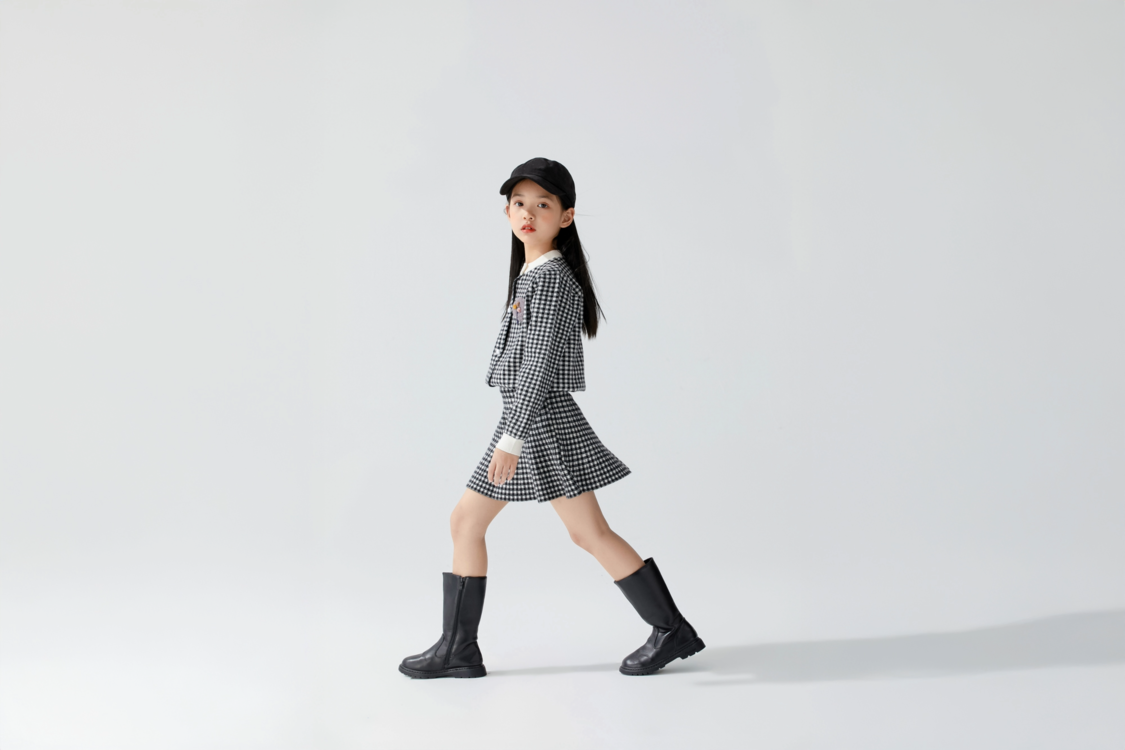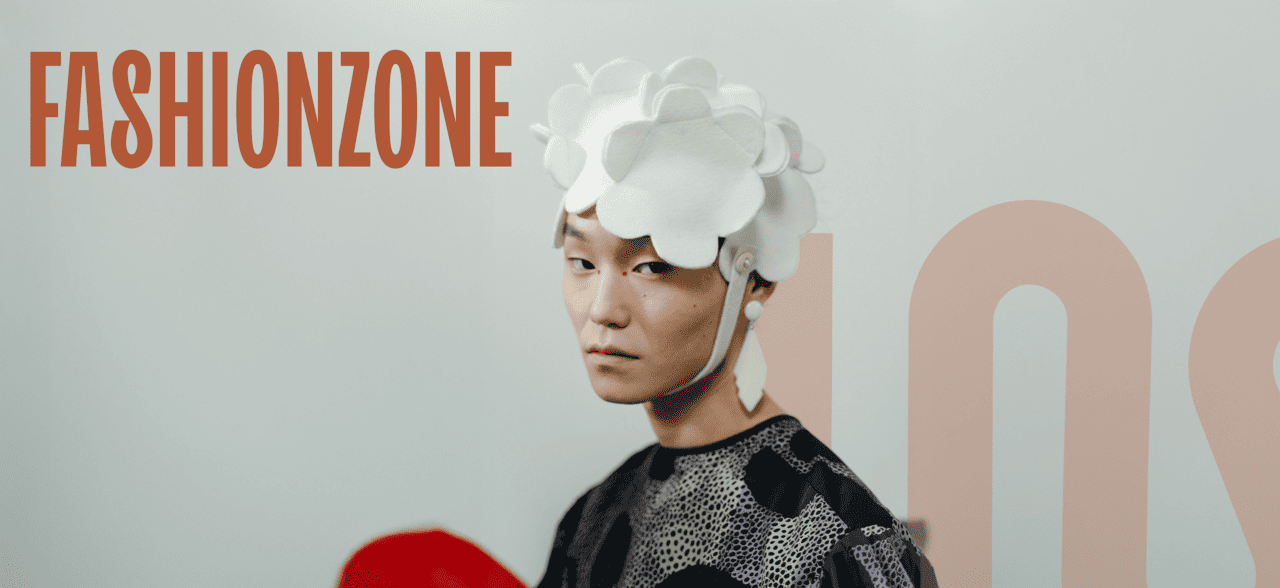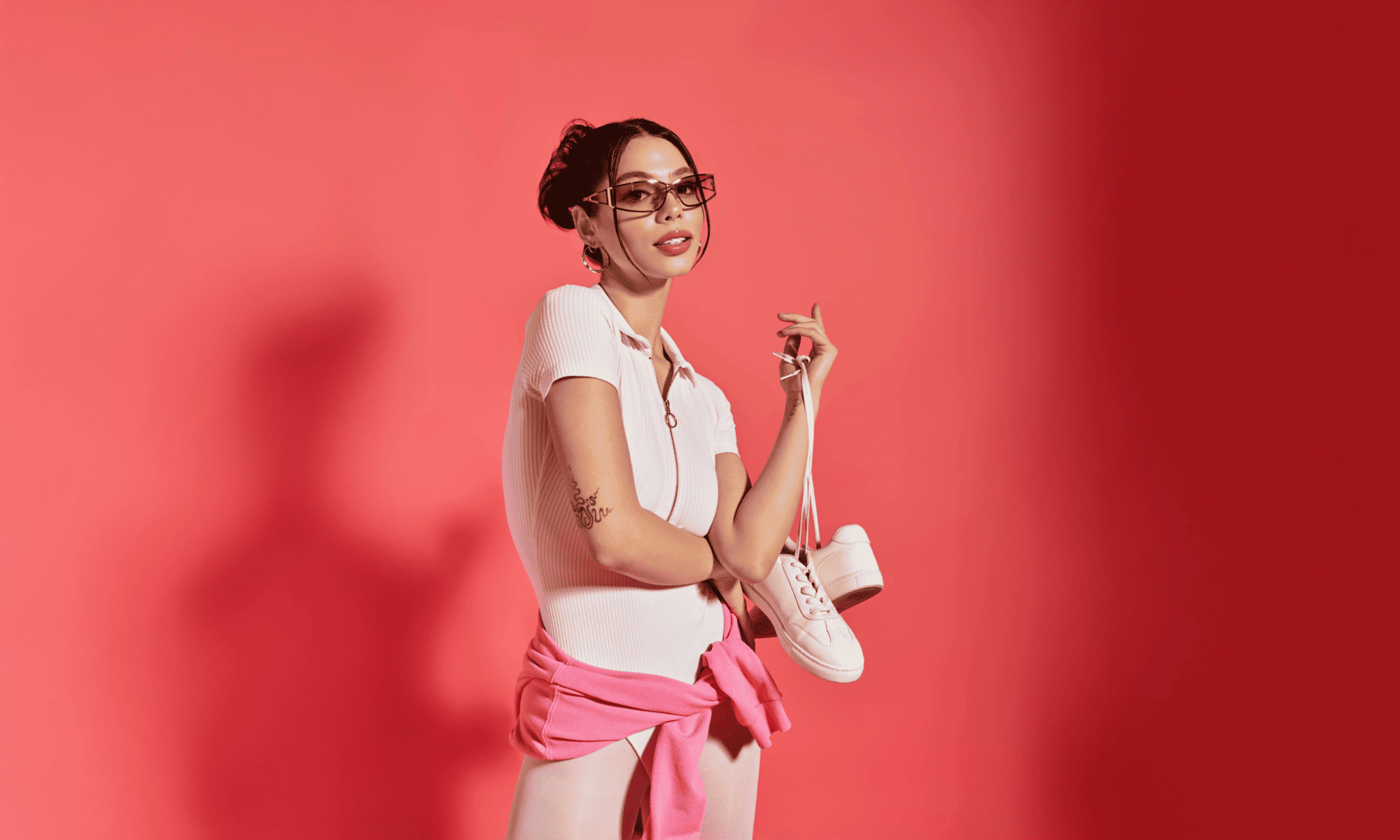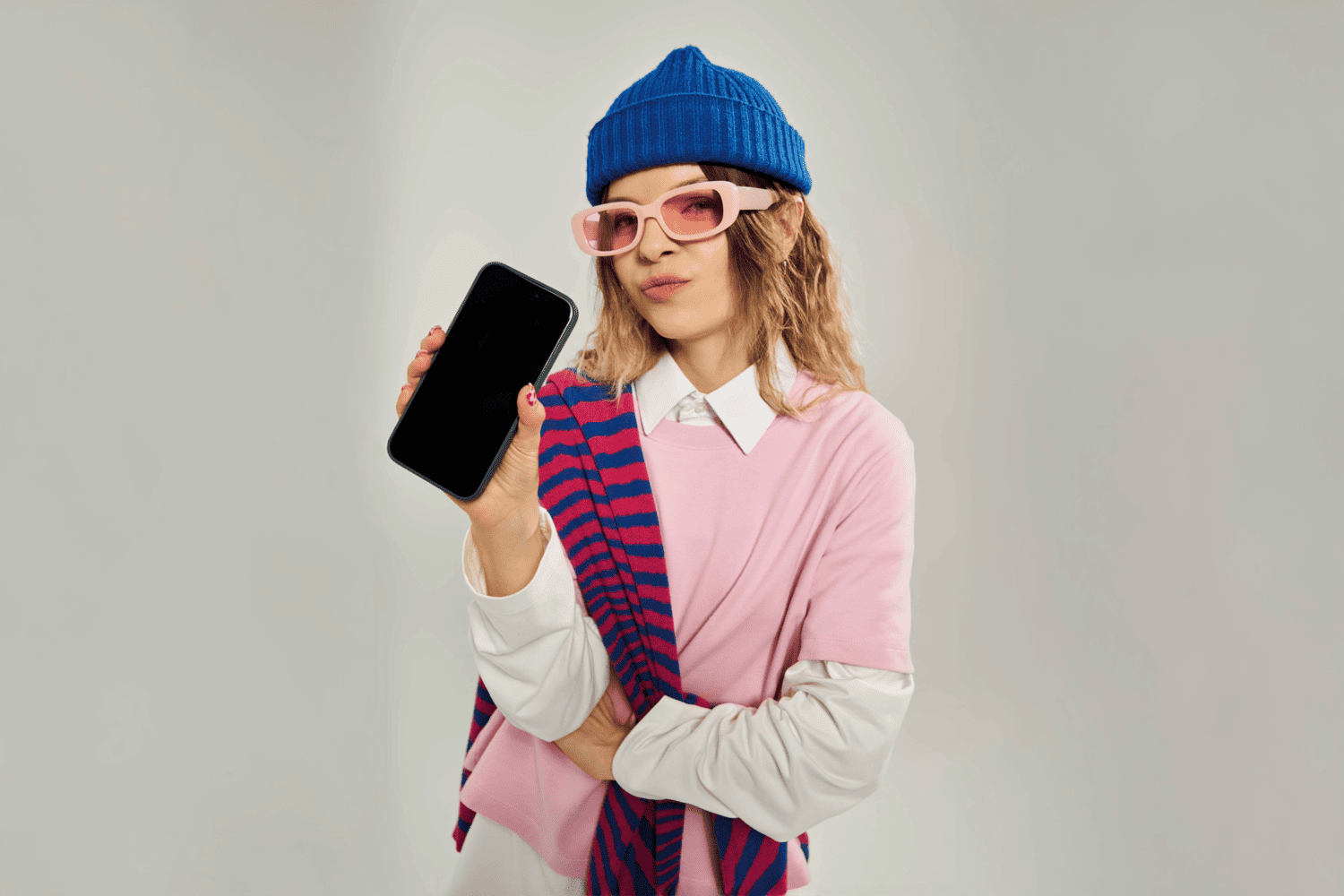October 2024
Fashion Tech: The Future of Tech in Fashion
Ester Bazzanella
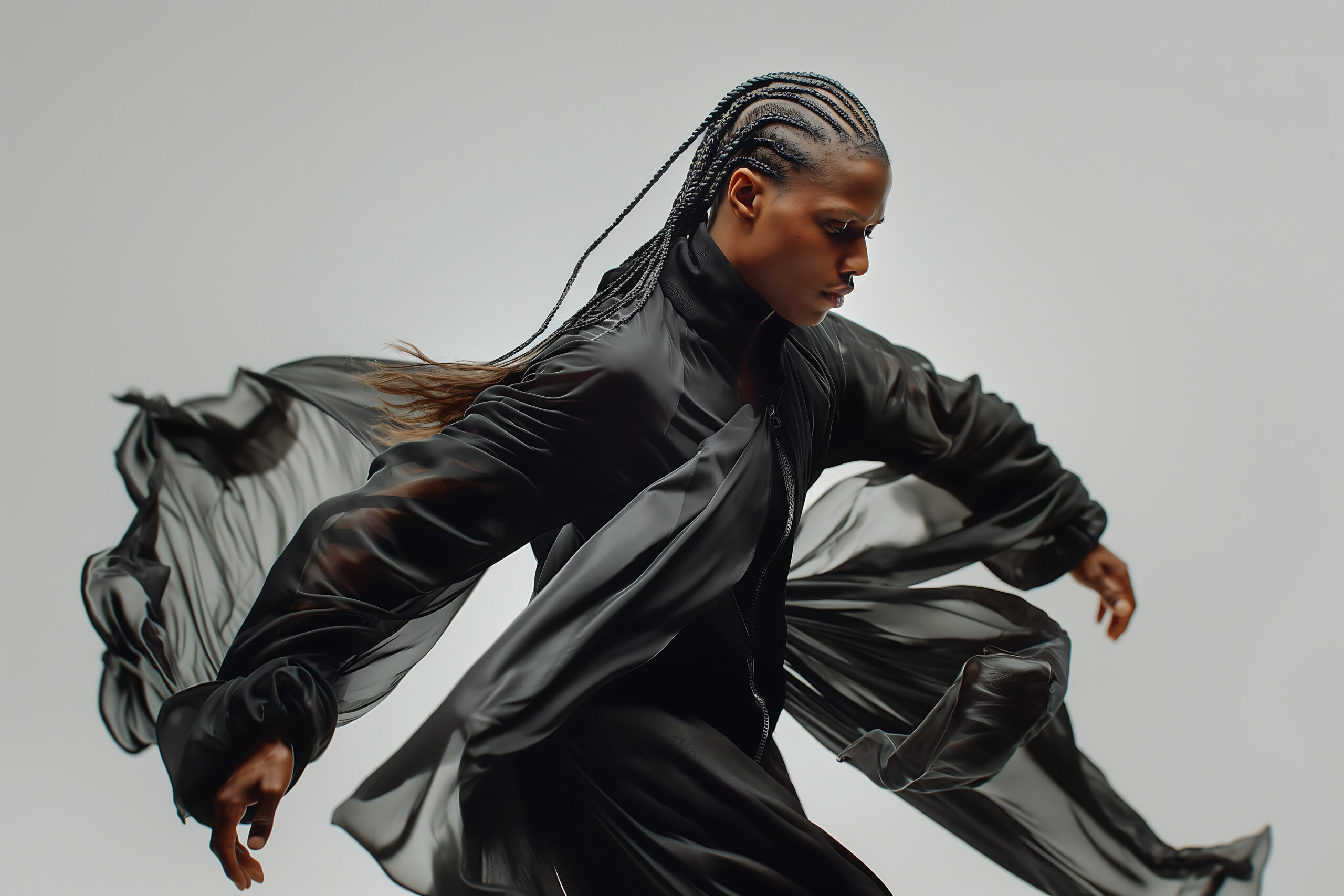
By 2030, it’s predicted that fashion companies will invest between 3-3.5% of their revenues on technology.
As a company at the forefront of fashion and technology, that’s certainly music to our ears!
Fashion tech may have once been a novelty, but those days are long gone. Now, it’s becoming an integral part of the fashion industry, from design and manufacturing to retail.
In this article, we’ll explain what fashion technology is and provide some examples of how brands are implementing it.
What is fashion technology?
Fashion technology, or fashion tech, refers to the integration of advanced technologies in the design, manufacturing, and retail of clothing and accessories.
It includes a range of innovations, from AI-driven personalization and virtual try-ons to wearable tech and smart fabrics that monitor health or enhance comfort.
And it’s not just limited to digital applications.
It also involves using new materials and sustainable processes, like 3D printing, to improve efficiency and reduce environmental impact.
At its core, fashion tech aims to elevate both the consumer experience and the fashion industry’s operational practices.
Fashion Tech in Design and Manufacturing
3D Printing and Sustainable Fashion
3D printing is allowing designers and brands to rethink their manufacturing. In an industry infamous for its often negligent manufacturing practices, that makes for a welcome change.
From watches to bags, 3D printing is allowing designers to make intricate, custom pieces. For example, Iris van Herpen is a Dutch designer crafting stunning haute-couture collections using the technology.
Meanwhile, Adidas’ 4D line features running shoes and sneakers that sit atop 3D-printed lattice structures. The precision midsoles are the result of the brand examining over 5 million lattice variations and over 17 years of athlete data.
One of the big advantages of 3D printing in fashion is its sustainability. 3D printing allows fashion brands to make only what’s needed, helping cut down on overproduction and manufacturing waste.
Smart Fabrics and Wearable Technology
The most sci-fi inspired example of fashion tech on our list, smart fabrics and wearables are probably what most people think of when they wear the words “fashion tech”.
The most common example of wearable technology is smartwatches. Beyond being functional fashion accessories, smart watches can do things like track your fitness and provide phone connectivity.
Another great example of wearable technology is the Levi’s X Jacquard by Google trucker jacket. Featuring Google’s Jacquard technology, the jacket connects to the wearer’s smartphone to allow them to perform actions like snap photos or skip songs using simple movements on the jacket’s sleeve.
Meanwhile, other companies are creating products with truly smart fabrics that can track your health or adapt to the environment. These innovations are pushing the boundaries of what fashion can do, merging style with cutting-edge technology.
Blockchain and Supply Chain Transparency
Blockchain isn’t just for cryptocurrency – it’s becoming an important tool in fashion.
In fashion, blockchain technology is helping brands ensure transparency in their supply chains. Consumers want to know where their clothes come from, and blockchain allows fashion brands to provide that information confidently.
Aura Blockchain Consortium is a nonprofit organization established by luxury groups like LVMH and Prada. It allows luxury brands to leverage blockchain technology to verify the authenticity of their products and fight counterfeiting. This technology also ensures that garments are sourced and made ethically.
For fashion brands that care about sustainability and ethics, blockchain technology is a powerful tool to build consumer trust..
Fashion Tech in Physical Retail
Physical retailers are taking advantage of fashion tech to provide more immersive in-store experiences.
With tools like smart mirrors and augmented reality (AR) fitting rooms, shoppers can now try on clothes virtually, exploring different styles and sizes without stepping into a traditional fitting room.
RFID-enabled clothing is another game-changer. It allows retailers to track inventory in real-time and ensure up-to-date stock. Beacons and mobile apps personalize the shopping experience further by sending tailored promotions and product suggestions directly to customers’ phones as they browse.
Additionally, contactless payments and mobile checkout options are streamlining the purchase process. They help cut down wait times and enhance customer satisfaction.
Fashion Tech Online
In talking about fashion tech, the discussion needs to involve digital solutions and products.
Here are some examples of how fashion tech is influencing digital experiences.
Virtual Worlds and Digital Clothing
Virtual fashion, or clothing that only exists in the digital world, is on the rise.
People are increasingly spending more money in virtual worlds. In 2026, the extended reality market size is projected to reach over $100 billion worldwide.
And virtual fashion is contributing to that.
Whether it’s dressing up a digital avatar or sharing your digital outfit on social media, fashion is finding a new home in the virtual space.
Digital fashion allows brands to be bold and creative without worrying about the limitations of physical production.
NFTs (non-fungible tokens) are also playing a part in this digital shift, giving fashion brands a whole new way to engage with consumers..
E-Commerce Solutions
Selling clothing online is itself an example of fashion tech.
But as something so commonplace these days, the exciting innovations in e-commerce fashion tech is how it can improve the virtual shopping experience. With more and more customers shopping online, e-commerce fashion tech helps recreate the in-person shopping experience online.
AI Personalization
AI personalization tools allow online fashion retailers to provide personalized experiences. Whether it’s personalized product recommendations or custom discount offers, AI personalization in fashion e-commerce helps keep shoppers engaged.
By analyzing past customer data, AI allows online retailers to predict future customer behavior. It’s just one of the ways AI is impacting fashion.
Size Recommendation Tools
Shopping for clothing online is more convenient and faster than in-person shopping. But in-person shopping still has one huge advantage: being able to physically try on clothes.
It’s no wonder that sizing uncertainty is one of the biggest barriers to purchase in fashion e-commerce, as well as the number one reason for returns.
Size recommendations tools aim to alleviate sizing uncertainty in fashion e-commerce. They help provide a better user experience through size recommendations. Shoppers enter some basic data, like height, weight, and age, and are given a size recommendation to help them confidently pick out the right size.
Tools like Size & Fit, rely on anthropometric data to provide truly personalized size recommendations. Shoppers receive a recommended size as well as information about how bigger and smaller sizes will fit them. This allows shoppers to make sizing decisions based on their personal style and fit preferences.
Virtual Try-On Technology
Virtual try-on technology allows shoppers to visualize clothing, accessories, and shoes without physically trying them on.
It uses tools like augmented reality (AR), 3D modeling, machine learning, and computer vision to superimpose product images on users or create avatars that model outfits.
This technology helps customers make more confident purchasing decisions by providing an immersive and accurate representation of how items will look and fit.
Learn more: How Virtual Try-On Technology Works in Fashion E-Commerce
A New Age of Fashion Begins
There’s no denying that technology is transforming every aspect of fashion. And it’s only the beginning.
Technology is allowing brands to rethink fashion. It brings greater sustainability and innovation to the industry, allowing brands to do everything from providing more personalized shopping experiences to guaranteeing the authenticity of luxury goods.
If you’d like to learn more about fashion technology, make sure to read our article about 10 types of fashion e-commerce tools.

